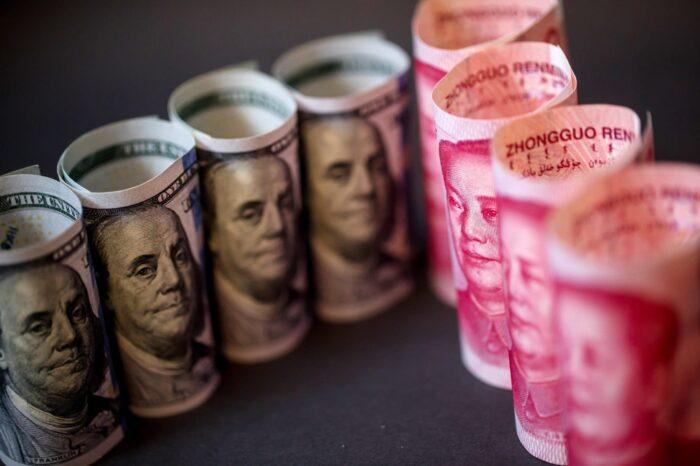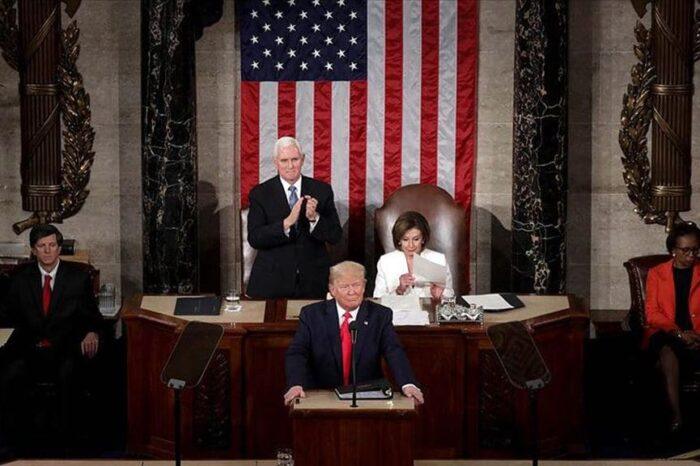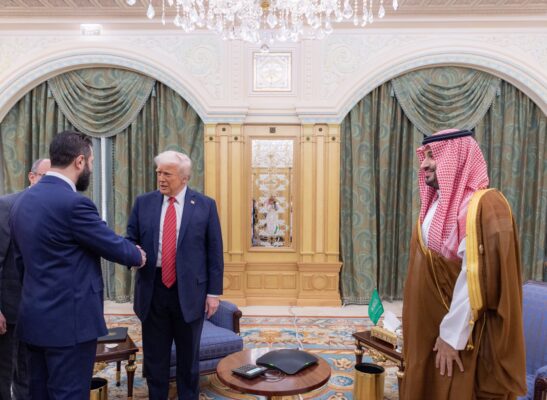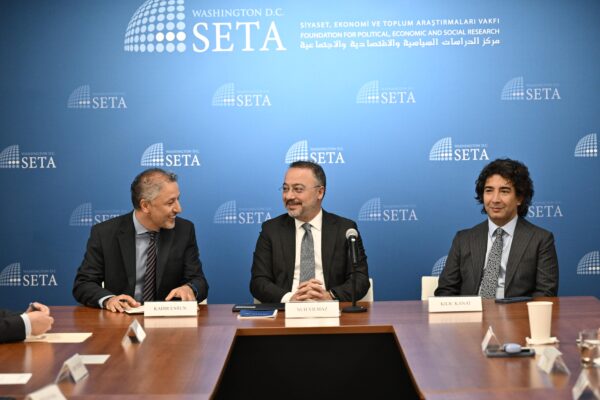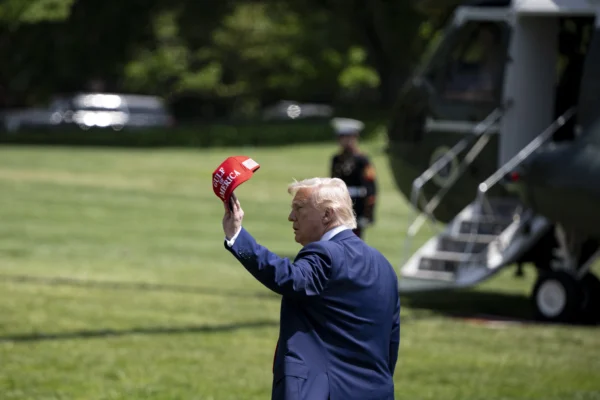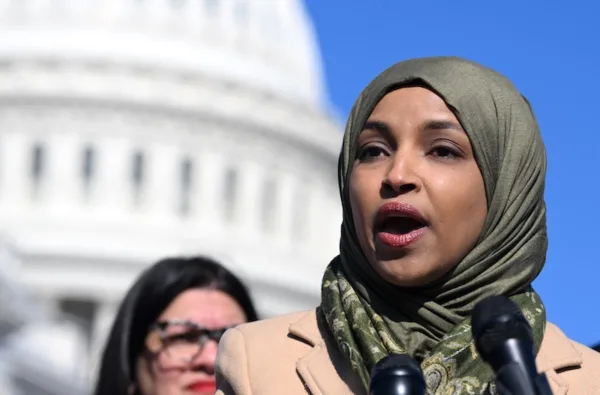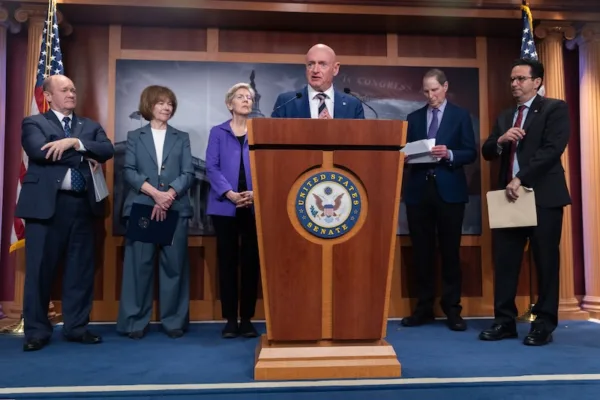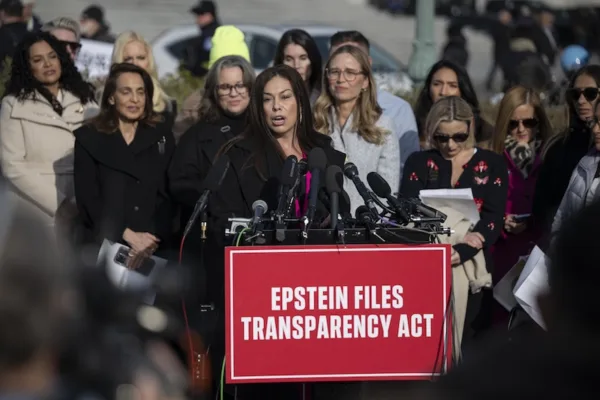The Latest in America’s Trade War
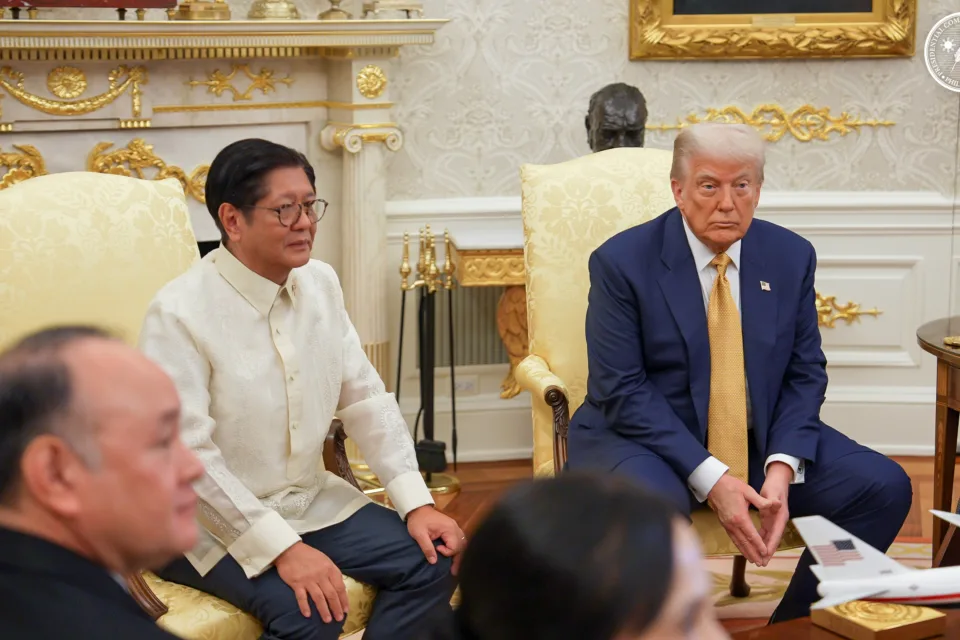
We are approaching a critical turning point in the trade wars launched by President Trump through sweeping tariff hikes. On April 2—declared by Trump as “America’s Liberation Day”—he announced a standard 10% tariff on all countries, with even higher rates for those running trade deficits with the U.S. After a sharp backlash from markets, Trump postponed the tariffs until August, offering countries like Canada, Mexico, the EU, Japan, and China the chance to strike bilateral trade deals.
So far, deals have been announced with countries such as Indonesia and Japan, but there are few solid signs of agreements with other major partners. If Trump decides not to give more time for negotiations and proceeds with the tariffs, we’ll enter a new era where elevated tariffs become normalized in global trade.
Trade Deals with Indonesia and Japan
American markets experienced major fluctuations in response to Trump’s tariff announcements. But Trump, responding to market pressure, has managed to normalize the idea of a 10% base tariff. The recent Japan deal was met with a positive market response, suggesting that a 15% tariff is now broadly accepted. In this light, Trump’s tactic—starting with extreme numbers to shock and then negotiating down—seems to have worked.
Still, due to the deep integration of the U.S. economy with both regional and global economies, the costs of high tariffs are likely to be passed on to American consumers. So far, thanks to Trump’s stop-and-start approach, the full effects haven’t been felt. But if the tariffs become permanent in August, the economic impact will become more pronounced.
Trump is using high tariffs as leverage to secure favorable trade terms for American companies. In the deals with Indonesia and Japan, clauses easing access for U.S. businesses stand out. Indonesia agreed to lift 99% of its import tariffs on U.S. goods in exchange for the U.S. reducing its proposed 35% tariff to 19%—a rate similar to what was offered in deals with the Philippines (19%) and Vietnam (20%). The Japan deal reduced the threatened 25% tariff to 15% for Japanese cars—a lower rate than what U.S. automakers face (25%) if no deal is struck with Canada and Mexico. This risks putting U.S. auto manufacturers operating near the border at a disadvantage compared to their Japanese rivals unless new terms are negotiated.
While the general framework of the Indonesia deal has been disclosed, details are still lacking, making it hard to assess the sector-specific impact. As for Japan, the deal includes a $550 billion Japanese investment fund to be coordinated by the U.S. side for various projects. Japan has said the fund will be used to facilitate bilateral trade, though it remains to be seen how effective this will be. In both cases, the long-term impact on trade will only become clear with time. Markets reacted positively because the deals provide structure and visibility for companies and investors. The finalized tariff rates of 15–20%—seen as much more “reasonable” than Trump’s original figures—are now poised to become the new normal.
The End of Free Trade?
With Japan being the only major power so far to reach an agreement, concerns over the August deadline are growing. If there’s no deal with the EU, Canada, Mexico, or China, and Trump moves ahead with his steep tariffs, those countries will likely retaliate. A tit-for-tat escalation of trade barriers could deliver further shocks to the global economy.
If a deal similar to Japan’s is reached with the EU, markets may respond calmly. But China remains a tough case. When China responded to the U.S.’s proposed 145% tariff with restrictions on rare earth exports, Trump was forced to backpedal. Even if deals are struck with other countries, we appear to be entering a period where higher tariffs are simply accepted in international trade.
As U.S. consumers face higher prices, other countries are strengthening trade ties among themselves. In this context, it’s clear that the U.S. is moving away from its long-standing approach of lowering trade barriers and promoting free trade. This new policy direction—sold to the American public as being in the national interest—may include deals that look favorable on paper. But in reality, it’s hard to argue that the long-term effects will benefit consumers.
Given the structural nature of the U.S. economy, it’s difficult to claim that restricting free trade through higher tariffs truly serves American interests.


